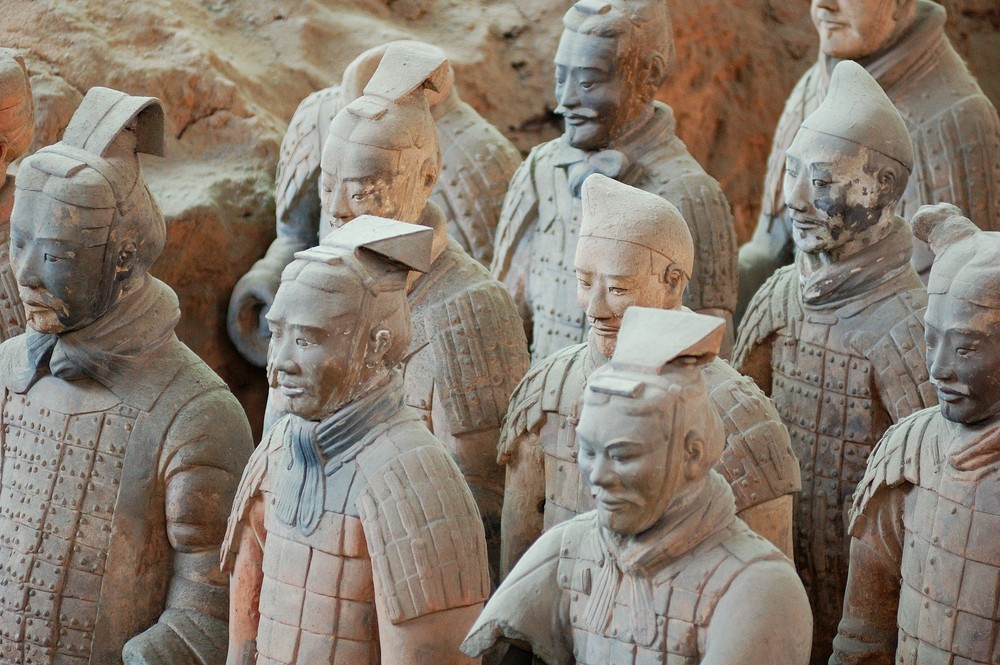Popular Reads
Top Results
Can't find what you're looking for?
View all search resultsPopular Reads
Top Results
Can't find what you're looking for?
View all search resultsChina's Terracotta Warriors may be inspired by Greece
Change text size
Gift Premium Articles
to Anyone
A
ccording to the reports from BBC and US's National Geographic, archaeologists claim that the latest study has shown that the Terracotta Warriors and Horses in the Emperor Qinshihuang's mausoleum in China may be inspired by ancient Greeks.
They said that ancient Greek artisans could have been to the then Qin Dynasty (221-206 BC) in the third century BC and trained the local artisans to build the Terracotta Warriors and Horses.
Besides, archaeologists also discovered that European mitochondrial DNA was found in the Qin Dynasty ruins in China's Xinjiang, which shows that Westerners may have come to China during the Qinshihuang (China's first emperor)'s reign. This is more than 1,500 years earlier than Marco Polo's journey to China in the 13th century.
BBC and National Geographic have shot a documentary based on these findings, which are derived from archaeologists' discoveries in the Emperor Qinshihuang's Mausoleum Site Museum.
(Read also: Good tourists to improve China's image abroad)
Liu Xiuzhen, an archaeologist from the museum said, "We now have evidence that close contact existed between China and the West before the formal opening of the Silk Road. This is far earlier than we formerly thought."
Experts said there is evidence from the sculptural style of the Terracotta Warriors, as China didn't have a tradition of building life-sized human statues before the Qinshihuang tomb was created.
Liu said, "We now believe that the Terracotta Army, the acrobat figurines and the bronze sculptures found on site were inspired by ancient Greek sculptures and art." In fact, as early as 2013, some British scholars proposed this idea.
Professor Lukas Nickel from the University of Vienna points out that the acrobat figurines recently found at the Qinshihuang tomb also support this theory.
He believes that the Greek sculptures introduced from Central Asia to the Qin Dynasty influenced Emperor Qinshihuang, and said, "I imagine ancient Greek sculptors may have been at the site to train the locals."
In addition, archaeologists found that the Qinshihuang tomb complex is much bigger than first thought thanks to new technology in detection, and may be around 98 square kilometers.
They also discovered the remains of a young woman, who may be one of the concubines of Qinshihuang. A young man's skull with a crossbow bolt embedded in it was also discovered, which is believed to belong to the Emperor Qinshihuang's eldest son.
The documentary will be aired in the UK and US on Sunday.
This article appeared on the China Daily newspaper website, which is a member of Asia News Network and a media partner of The Jakarta Post







